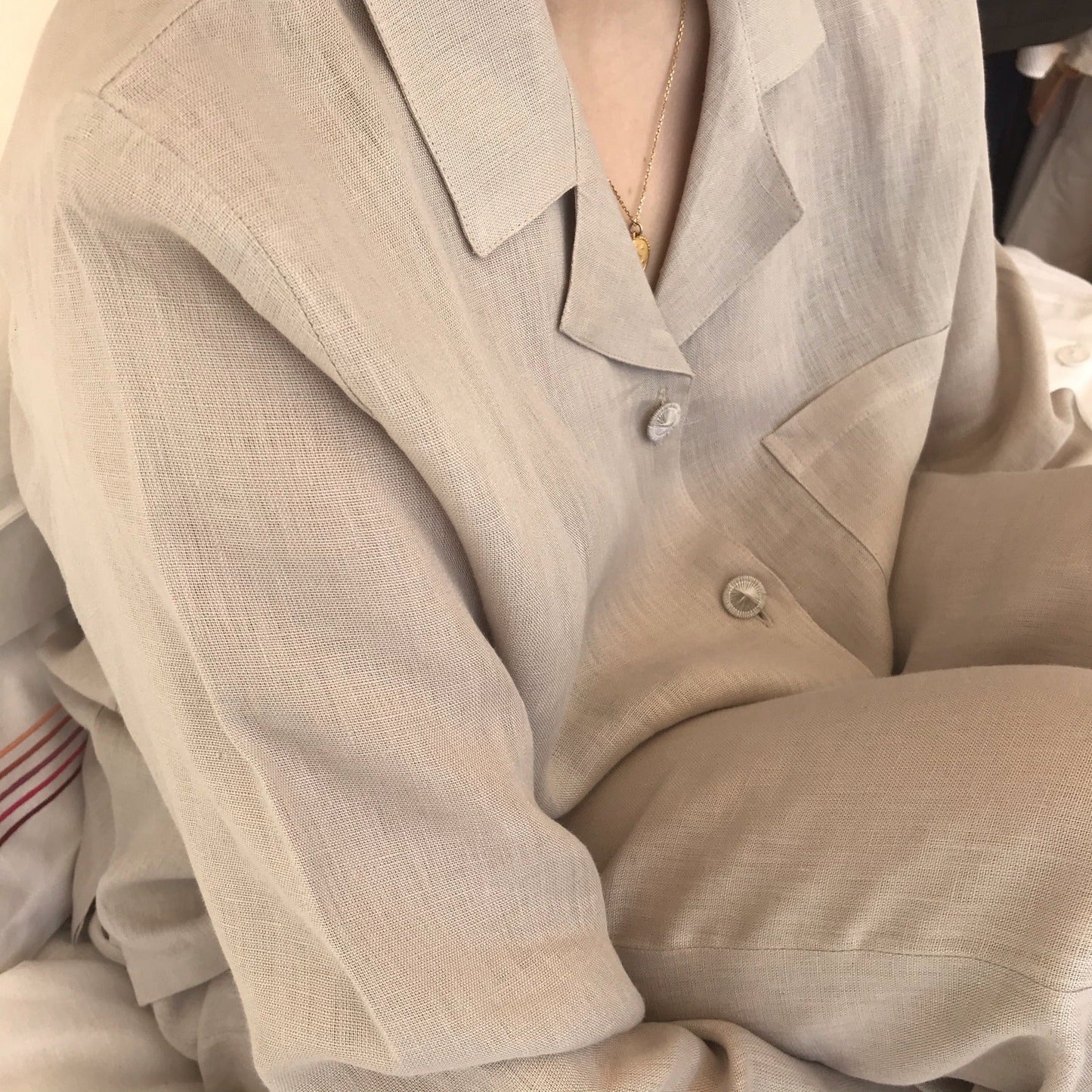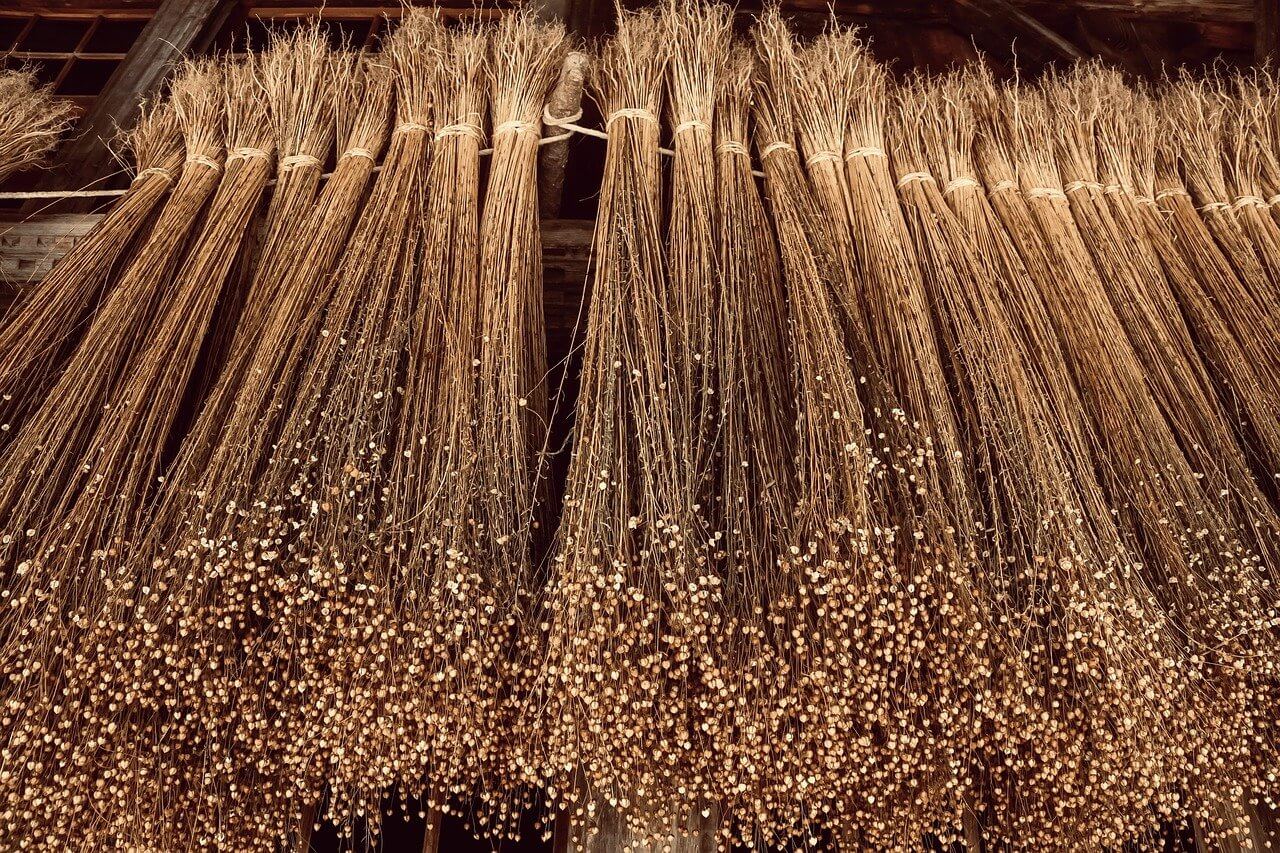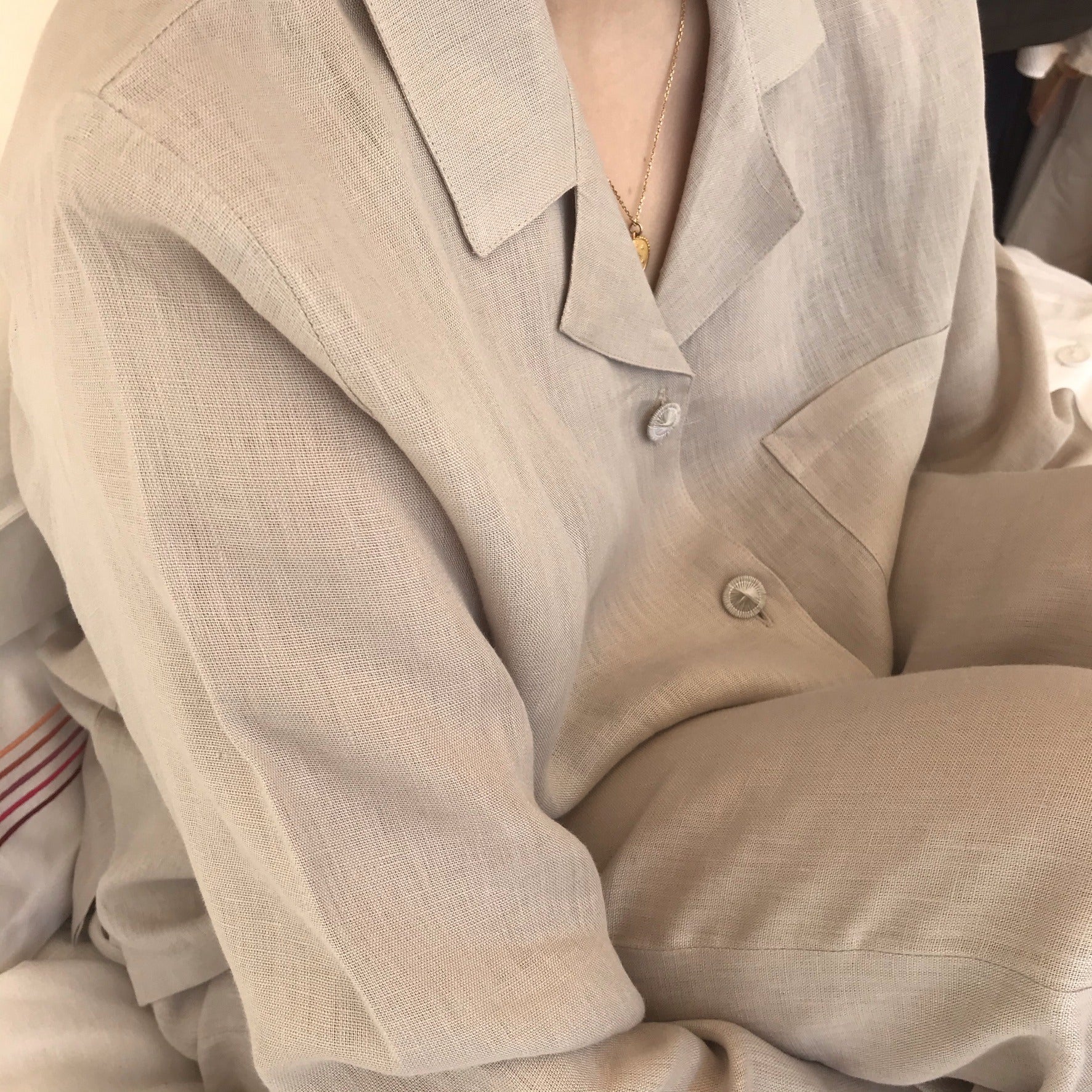Dormitory
Hanover Pure Linen Pyjamas Stone
Hanover Pure Linen Pyjamas Stone
Couldn't load pickup availability
This pure linen has a wonderful casual quality and will soften more and more with time. These pyjamas are a flattering fit with pockets in the trousers, an elasticated waist with a drawstring.
See More →
To give it our Dormitory twist we have added beautiful, spoked Dorset buttons. These are made in the traditional way, developed in the eighteenth century by wrapping threads around a metal ring. Perfect for household linens, they are lovely to look at but also very robust when laundered.
Available in white, stone and ink
Fabric 100% French linen, woven in Portugal



Care of Pure Linen
Our bedlinens are made from the finest fabrics and finished to the highest standards and in order to retain this quality for many years it is important to follow these few simple steps
Washing
Linen will naturally soften after washing so you may wish to wash bedlinen before use.
Always wash white and coloured items separately and follow the stitched in washing instructions. To keep colours (including cremas and ivories) true for as long as possible it is important not to use washing powders or detergents containing optical brighteners or bleach. Do not apply detergent (either powder or liquid) directly onto the fabric, but ensure it is fully dissolved before immersing the items to be washed.
We recommend very sparing use of fabric conditioners. These products coat the fibres of a fabric and repeated application or excessive quantity can result in a build up of residue. This will mean the linens eventually becoming hard to the touch and less supple.
Linen is a strong fabric but is also heavy when wet so be sure not to overfill the machine
Shrinkage
Linen will naturally shrink and tighten a small amount after the first wash. The percentage will vary between 3%-8%. Our sizings take this into account.
Drying & Ironing
You can tumble dry most linens on low heat. Shake out damp linens before placing in dryer. Linen dries faster than cotton so never use a high heat setting, which is the surest way to weaken the fibres, cause shrinkage, and shorten the life of your linens. Remove from dryer promptly while slightly damp to minimize wrinkles.
Iron linens while still slightly damp on the reverse side of fabric. Use a steam iron on a warm/hot setting for cotton. To iron embroidered linens, iron them on the reverse side to preserve the three-dimensional effect of the embroidery. Use a pressing cloth to protect delicate lace and cutwork. Sateen linens are refreshed by ironing on the reverse side, restoring the lustrous face of the weave.
Storage
Bed linens should be stored in a dry, well-ventilated area. Linens stored long-term should be wrapped in white cotton, muslin (old pillow cases work well) or acid free tissue paper. Avoid storing linens in plastic bags or boxes, which can cause permanent yellowing; natural fibres need to “breathe.” Cedar chests can also result in fabrics becoming yellow or streaked. Adding a scented linen liner or moth-away sachet will not only help keep the linens fresh smelling and ready to use but will also keep the dreaded moth away from your cupboards.
Nightwear Sizes
|
|
S |
|
M |
|
L |
|
|
10 |
|
12 |
|
14 |
|
Bust |
89cm |
|
94cm |
|
99cm |
|
Waist |
70cm |
|
75cm |
|
79cm |
|
Hips |
96.5cm |
|
101.5cm |
|
107cm |
|
Shoulders |
41cm |
|
41cm |
|
43cm |
|
Sleeve |
61cm |
|
61cm |
|
63.5cm |

Our Linen
Linen is the oldest fabric used for sheets. It is a soft and breathable fibre making it perfect all year around. Our Hnover linen is woven in Portugal using French and Begian flax.



